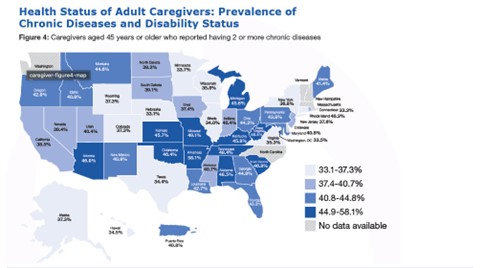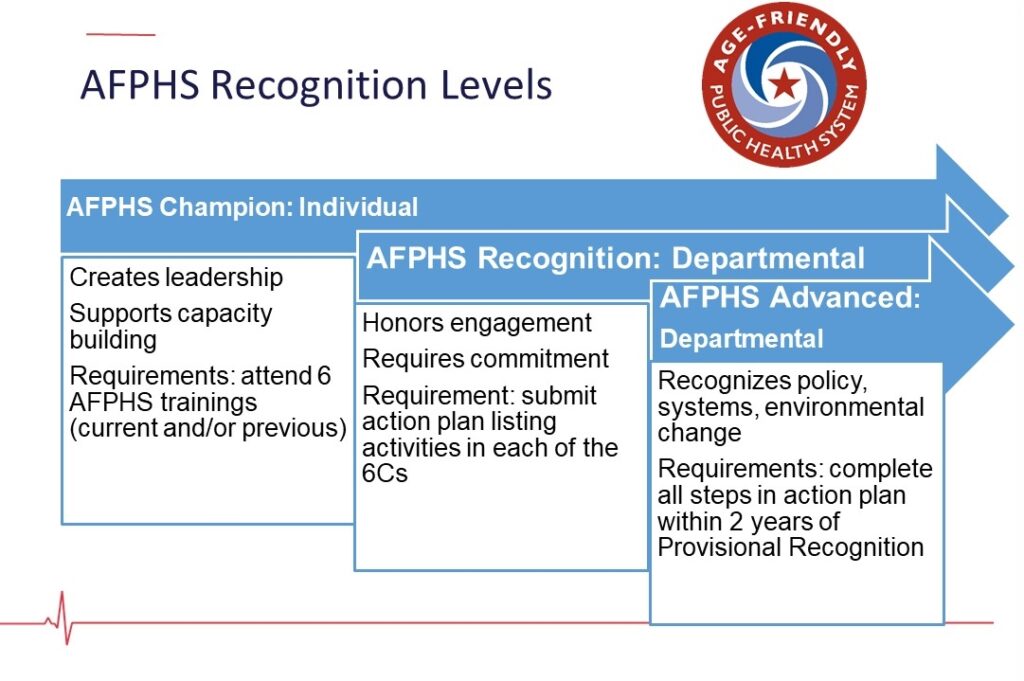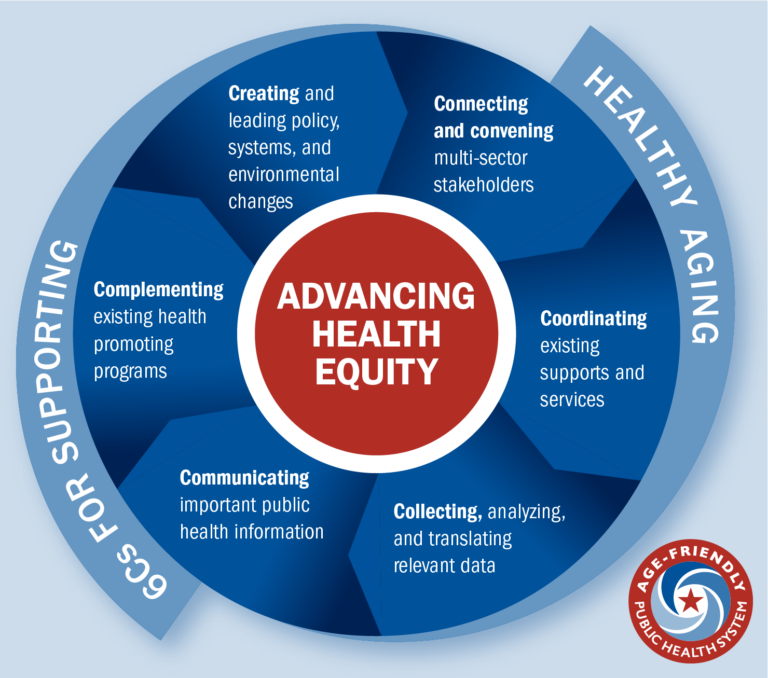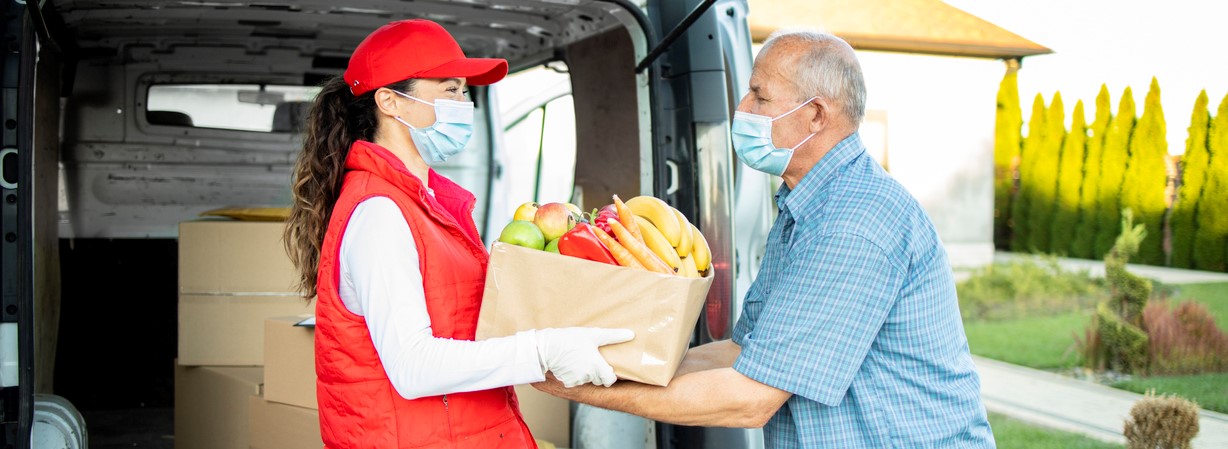Q&A with Dr. Hilary Seligman:
Hilary Seligman, M.D., MAS, is a professor at the University of California, San Francisco, with appointments in the Departments of Medicine, Epidemiology, and Biostatistics. Her research and advocacy work focuses on food insecurity, its health implications, and the needed policy responses.
TFAH: Food insecurity is obviously a serious problem in the United States. Can you also talk about the issue of nutrition insecurity and the relationship between the two?
Dr. Seligman: First, it’s important to recognize that the food-security construct always considered access to nutrition, not just calories. But, the sector’s new focus on nutrition security has helped emphasize the importance of providing not just food but food that meets people’s health and nutrition needs. The construct of nutrition security is also strongly related to issues of equity and the massive burden of early mortality in our country that is related to poor diets.
TFAH: Can food banks and charitable food networks address hunger and improve nutrition?
Dr. Seligman: Yes, of course they can, and they must. The charitable food system as a whole has made massive investment and progress in this area over the last decade. What I do want to call attention to though is that the same forces that make it difficult for individuals to afford and prepare healthy food make it difficult for the charitable food system to distribute healthy food. Healthy alternatives almost always cost more, they are often perishable, and they often require more preparation time which can be costly to provide. So, although there has been strong investment and tremendous progress at the system level, there is still a lot to be done. It will always be cheaper to distribute a box of mac and cheese than it will be to distribute a peach.
TFAH: You’ve been a leader in grassroots anti-hunger programs in the San Francisco area, programs like EatSF, a healthy food voucher program. Are these programs making a difference in food insecurity for San Francisco families and children?
Dr. Seligman: EatSF is one of a rapidly growing ecosystem of state and local food voucher programs and produce prescription programs in the U.S. These programs have functioned as a way for local leaders and health systems to say: We see we have this critical problem of nutrition insecurity in our community, this is not acceptable in the richest county in the U.S., and we are going to do something about it. I think that is amazing, and I am privileged to be a part of that movement. But, let’s be honest, the nutrition security problem in the U.S. is not going to be solved by small local programs. We need a systems-based approach. We need better policies to address nutrition security, and we need to rectify the way in which our current policies work better for white people than they do for people who are not white.
TFAH: Can you say more about that? How does current policy work better for white people than for people of color?
Dr. Seligman: SNAP program policies are a good example. In order for able bodied adults to receive SNAP benefits they have to be working. For a myriad of reasons, Black people are less likely to be able to secure employment. They are therefore less likely to be able to meet the work requirements that would allow them to enroll in SNAP, even if they are food insecure.
TFAH: You direct the National Clinician Scholars Program at the UCSF School of Medicine. The goal of the program is to train clinicians to be change-agents in order to improve their patients’ health. Are clinicians and the healthcare system doing enough to address the social determinants of health? Are they well-prepared to treat their patients who have obesity?
Dr. Seligman: Traditionally, healthcare in the U.S. has focused on treating, not preventing, disease in individuals. The evidence is very clear that this is the worst way to approach obesity: first to do it at the treatment stage (when obesity has already developed, rather than to prevent the onset of obesity) and second to do it by attempting to change people’s behaviors, rather than changing the environments that resulted in the onset of obesity to begin with. So, although I hate that we need to be having this discussion at all, we do. We do because the U.S. has completely failed at prevention efforts and at policy and environmental approaches to obesity prevention for decades. So now, what needs to be done? Obesity and poor diets are the biggest drivers of healthcare costs in the country— so the healthcare system has to get involved (whether it is traditionally in their wheelhouse or not), and the best way to do this is by addressing social determinants of health and food environments. It is not a comfortable fit for the healthcare system, but there really is no other choice. And because it is not a comfortable fit and requires a new way of thinking about healthcare and new kinds of engagement and policy change, we have to nurture the next generation of healthcare leaders to be able to tackle these really complicated problems.
TFAH: What are the links between public policy and obesity? What policy actions or changes would you like to see enacted?
Dr. Seligman: Oh, there are so many of them—dozens if not more are being discussed as potential approaches for the next Farm Bill. At the federal level alone, there are policy levers that Congress, USDA, and the FDA have authority over that could help reverse obesity trends. Let’s start with an enormous one: SNAP. Early in my career I worked on health literacy, and I was always challenged by the lack of existing infrastructure to reach people with effective health literacy interventions. Food insecurity is not like that. SNAP works. It reaches almost 50 million people in the U.S. annually. It is available in every county nationwide. It helps families to afford more nutritious food. So, we have the tools, we have the evidence, and we have the infrastructure to solve food insecurity in the U.S. What we lack is the political will. We need to expand SNAP eligibility to all the people who aren’t receiving the food they need but who are not currently eligible for benefits, and we need to raise benefit rates to allow for the purchase of healthy food. If these changes are made, it is very clear to me that they will have a substantial impact on obesity rates and on public health.
TFAH: There were a number of waivers in federal food programs like SNAP, WIC, and school meals, during the COVID-19 pandemic to better reach individuals and families during the public health emergency. Are there any lessons we can learn from these policy changes?
Dr. Seligman: Yes! The predominant lesson is: these programs work. Food insecurity rates did not increase nearly as much as anticipated during the pandemic, although there were certainly vast disparities in how the pandemic impacted different communities. Why didn’t rates of food insecurity rise as much as anticipated? Because we had the will to do the things we knew—based on a tremendous amount of evidence— would make a difference. When we make it easier for people to enroll in SNAP, more people have access to benefits and food insecurity falls. When we provide money on debit cards to replace the meals not being served in schools, food insecurity falls. When stimulus checks were sent to people across the U.S. in response to the pandemic, low-income households reported that food was the first or second most covered item from the stimulus money.
The really optimistic lesson is that we know how to address hunger, nutrition security, and obesity prevention through good public policy. Now we just have to keep these programs in place as interest in the pandemic wanes.
Additional Resources:
Brief: Legislative Priorities for the 118th Congress
Report: State of Obesity 2022
Priority Issue: Obesity /Chronic Disease
This interview was originally published as a part of TFAH’s 2022 State Of Obesity: Better Policies for a Healthier America report.











